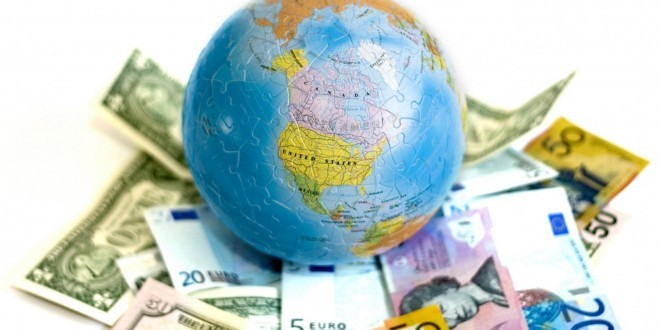The Indian economy’s growth story is making the world turn its head. In just a matter of 6-years India achieved the impossible, from a humble position at 10th largest economy it raised to beat Japan to become the 3rd largest economy in the world.
It also zoomed-ahead of developed nation’s economy such as the UK, Germany, France, Italy, Russia etc.,
So, how did this come to happen? Is India really high on development? What made India into this fastest growing economic super-power?
India is the home to large middle-class. The middle-class have traditionally been the economic adrenalin. They are one who are ready to spend everything they earn or even borrow money to spend, this is extremely good for the economy.
The Indian middle class has grown exponentially over the past 6-years, millions of people from poverty entered the middle class boosting the economy and propelling India ahead. India’s and China’s massive population have become their biggest weapons.
But that is not the only factor, while India was growing fast, Japan, UK and Germany grew a very little. With their nations already developed there was no room for more development. All this while Italy and France remained the same.
“The economies of Japan and the UK became smaller compared to the US, while Germany increased slightly, France and Italy remained the same,” according to data released on Wednesday by the International Comparison Program (ICP), hosted by the Development Data Group at the World Bank Group.
“China and India make up two-thirds of the Asia and the Pacific economy, excluding Japan and South Korea, which are part of the OECD comparison. Russia accounts for more than 70 per cent of the CIS, and Brazil for 56 per cent of Latin America. South Africa, Egypt, and Nigeria account for about half of the African economy,” said the report.
“At 27 per cent, China now has the largest share of the world’s expenditure for investment (gross fixed capital formation) followed by the US at 13 per cent.
India, Japan and Indonesia follow with 7 per cent, 4 per cent, and 3 per cent, respectively,” the report said.
China and India account for about 80 per cent of investment expenditure in the Asia and the Pacific region.
Now as India further develops it might start to slow down as it hits the breaking point. This could largely affect its middle class as they will struggle through tough times (they are used to fast growth, slow growth will seems like no-growth to them). But on the long-run the economy will stabilize and people will learn to survive on a stable-economy.
 Thfire.com Everyday news that matters
Thfire.com Everyday news that matters 
